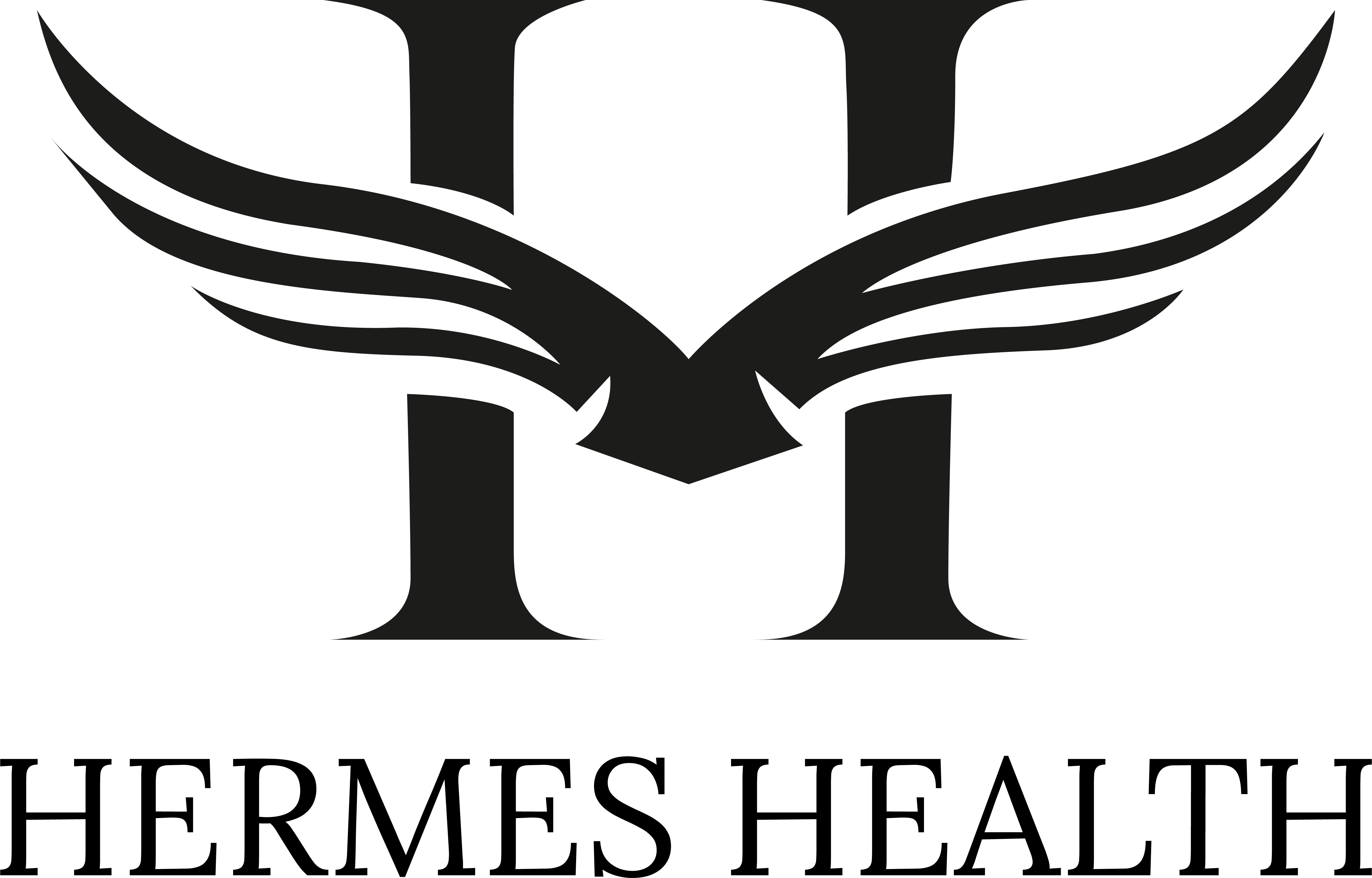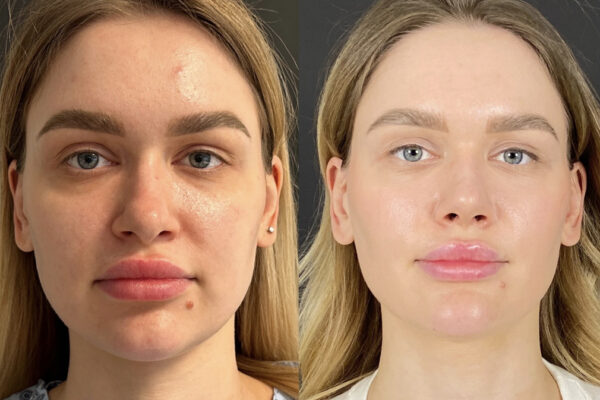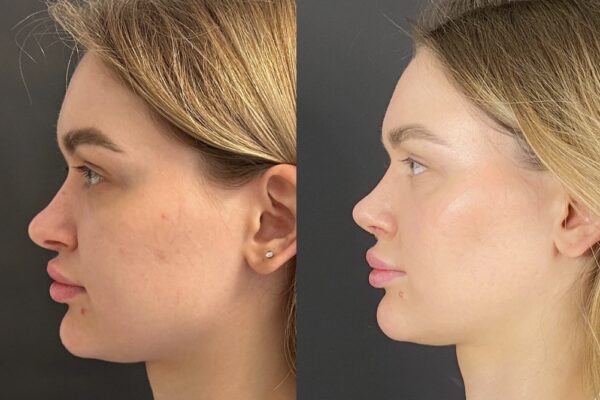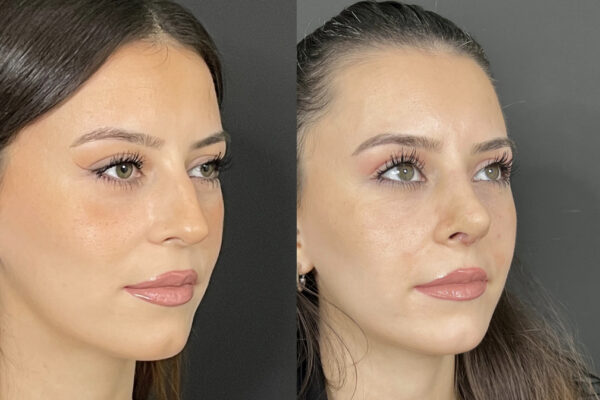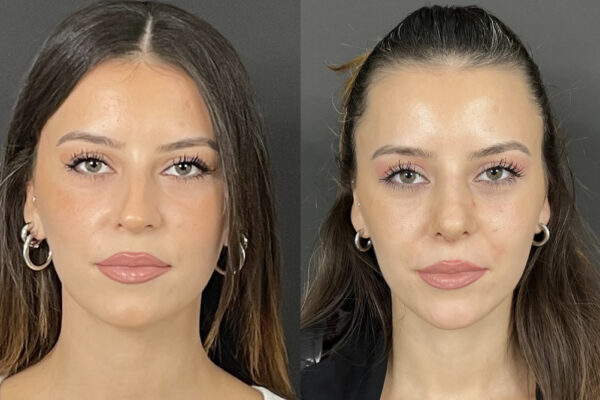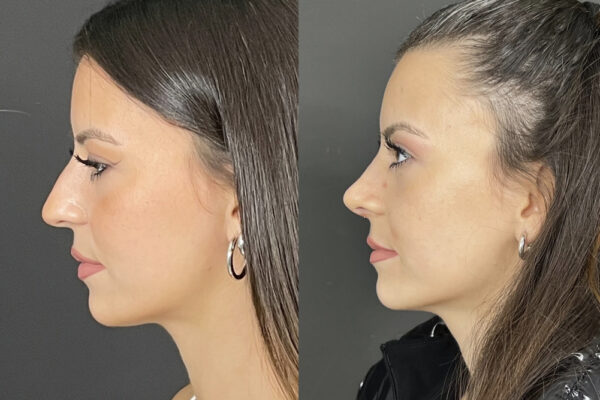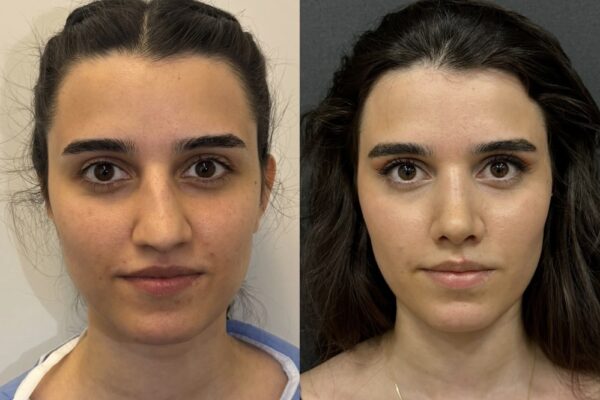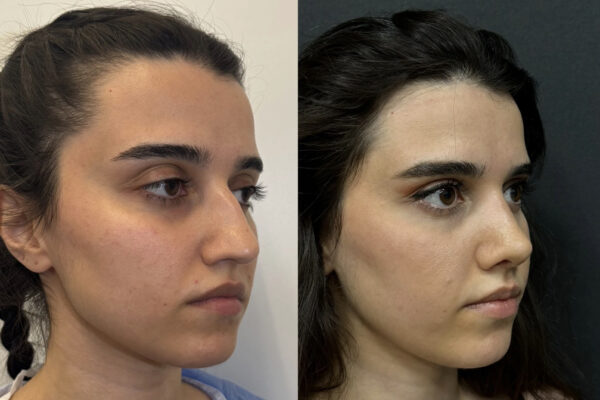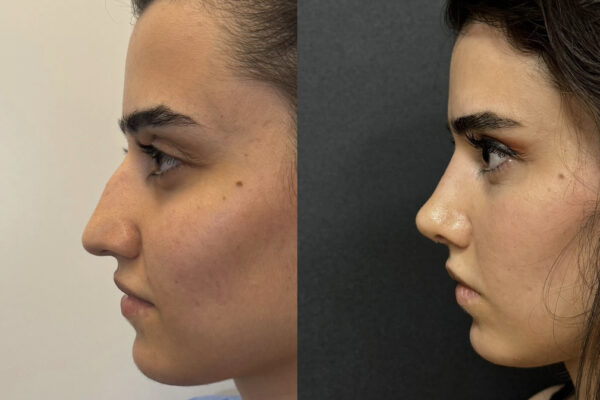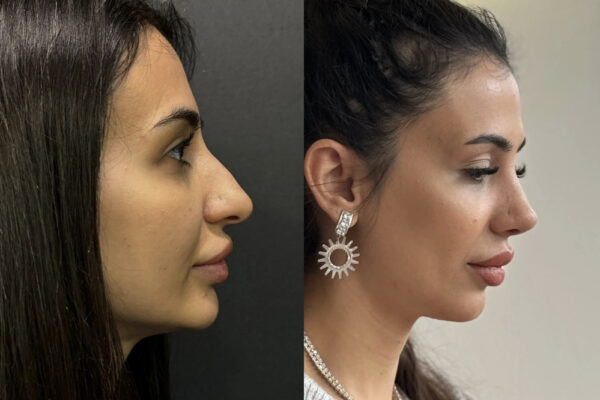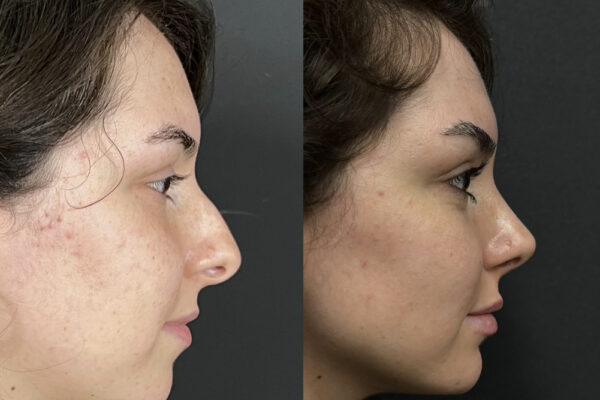
Rhinoplasty
HERMES HEALTH
BEFORE/AFTER
Rhinoplasty: Precision Nose Job
Rhinoplasty is a surgical procedure that reshapes the nose by modifying its bone, cartilage, and soft tissue. The surgery can change nose size, width, profile, tip, and nostrils while maintaining or improving breathing function.
A patient may be interested in rhinoplasty to:
- Correct breathing problems
- Repair facial injuries
- Improve appearance
- Perfect facial aesthetics
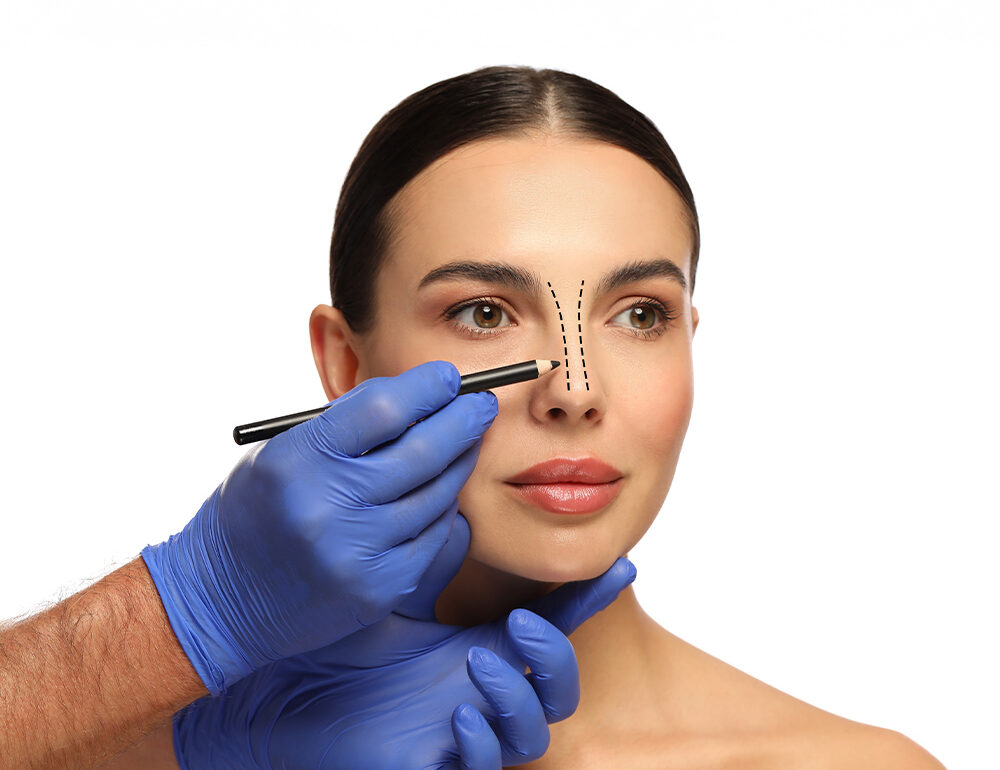
Who performs rhinoplasty?
Most rhinoplasties are done by plastic surgeons, facial plastic surgeons or otolaryngologists (also called ENTs).
What happens during a rhinoplasty?
The surgeon will separate the skin of the nose from the underlying bone and cartilage. Once exposed, the bone and cartilage will be sculpted to change their shape or appearance. This may involve adding or removing cartilage from the nose, ear, or rib. In cases of a deviated septum, the surgeon will straighten it to improve breathing. The nasal skin is then layered over the reshaped bone and cartilage. Any incisions are stitched closed to begin the healing process. Open rhinoplasty involves a small external incision whereas a closed rhinoplasty keeps all incisions inside the nose. The choice depends on the surgeon’s experience.
On average, rhinoplasty takes about two hours and most patients can resume normal activities within a few days provided post-procedure supportive care measures are followed. Temporary bruising and swelling around the eyes and nose are expected to last up to two weeks after the procedure. Wearing a nasal splint for the first week is also necessary to ensure optimum final results which slowly develop over six months to one year after surgery.
What is piezoelectric rhinoplasty?
Ultrasonic or piezoelectric rhinoplasty uses a device that emits high-speed sound waves to precisely reshape nasal bones with minimal trauma to surrounding tissues, resulting in less bruising and more controlled results. The use of ultrasonic technology often results in less post-operative pain compared to traditional techniques.
Can rhinoplasty be combined with other procedures?
Yes, rhinoplasty can be combined with other facial or body procedures when appropriate. This can be discussed during your consultation.
1- Types of Rhinoplasty
Depending on your treatment goals, specific needs, and medical history, different types of rhinoplasty are offered including:
- Tip Plasty: changes the shape or size of the nasal tip
- Septoplasty: straightens the nasal septum, improving breathing
- Augmentation Rhinoplasty: adds material to the nose such as implants or cartilage grafts (most commonly from your ear or rib cartilage)
- Revision Rhinoplasty: corrects complications or unsatisfactory results from a previous rhinoplasty
- Ethnic Rhinoplasty: tailored to the specific features and concerns of different ethnicities
- Micro-Rhinoplasty: a minimally invasive procedure for minor corrections
- Non-Surgical Rhinoplasty: uses injectable fillers or other temporary methods to alter the nose’s appearance
